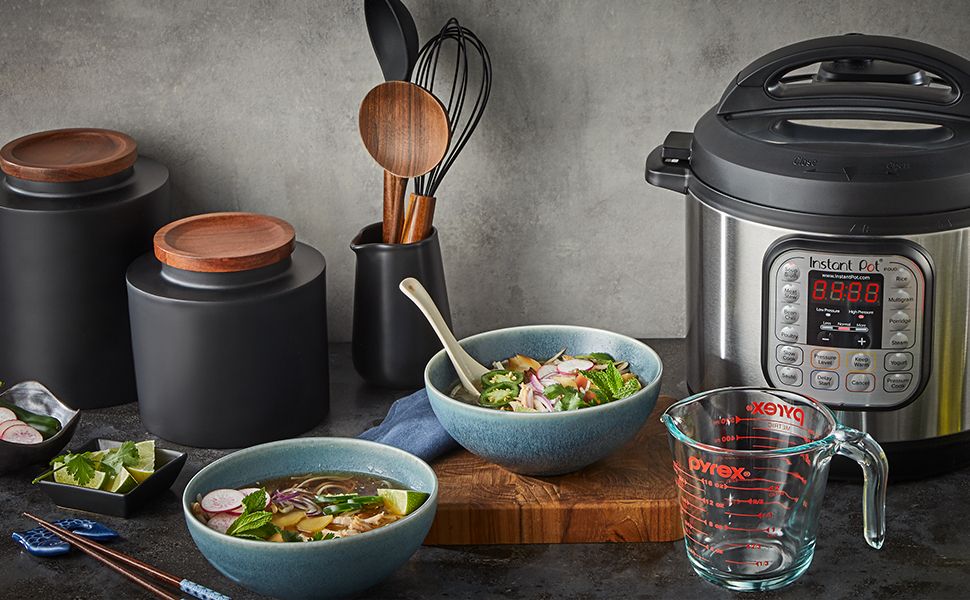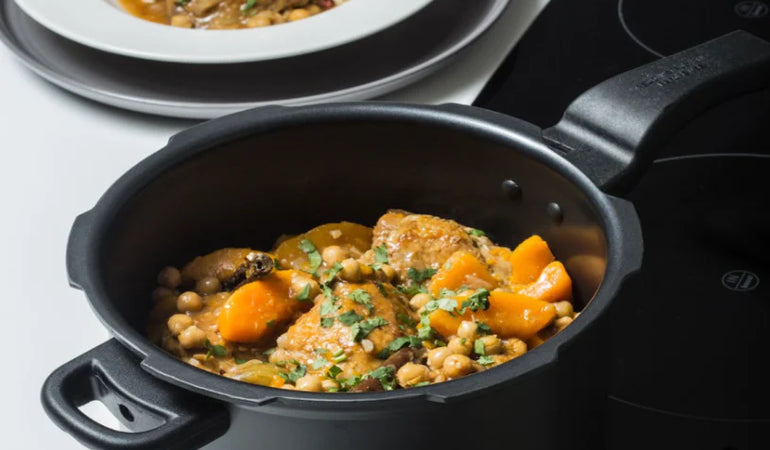Mastering the Art: How to Cook Beef Tendon Without a Pressure Cooker
Written By James Morgan
Beef tendons, though often overlooked, are a hidden gem in the culinary world. If you're someone who finds joy in exploring diverse textures and flavors, this guide on how to cook beef tendon without a pressure cooker is perfect for you. The dish is a particular favorite among barbecue enthusiasts because of its rich flavor and wonderful gelatinous texture.

Understanding the Basics
Before diving straight into the recipe, it's essential to understand what beef tendons are and why they should be a part of your cooking repertoire. Beef tendons are the tough, fibrous cords that connect muscles to bones. When cooked slowly and properly, these tendons turn into a soft, jelly-like substance that melts in your mouth. Cooking beef tendon without a pressure cooker can be a rewarding experience but requires a bit of patience and the right technique.

Ingredients You'll Need
- 1 lb beef tendons
- Water
- 2-3 slices of ginger
- 3 green onions
- 1 tablespoon soy sauce
- 1 tablespoon oyster sauce
- Salt and pepper to taste
- Optional spices: star anise, bay leaves, and cloves

The Step-by-Step Process
Step 1: Preparation
To start the cooking process, first, you need a knife and a cutting board to clean and cut the beef tendons into manageable pieces. Rinse the tendons thoroughly under cold running water to remove any impurities or excess blood. You might want to parboil the tendons in boiling water for 5 minutes to remove any remaining impurities.
Step 2: Slow Simmering
In a large pot, add the cleaned beef tendons, plenty of water, and a few slices of ginger to neutralize any strong odor. Bring the water to a boil and then reduce the heat to a slow simmer. This process might take from 3 to 4 hours. The key here is patience. The tendons need plenty of time to break down their tough fibers and transform into that desired melt-in-your-mouth texture.
Step 3: Adding Flavor
Once the tendons begin to soften, it's time to infuse them with flavor. Add in soy sauce, oyster sauce, green onions, and optional spices like star anise, bay leaves, and cloves. Let them simmer together for another hour until the tendons absorb the rich flavors of the seasonings. Ensure to keep checking the water level, adding more water if necessary.
Step 4: Final Adjustment
After the slow cooking process, check the beef tendons for tenderness. They should be gelatinous and soft. You can season with salt and pepper at this stage. If you want, you can also reduce the sauce further to create a more concentrated flavor.

Serving Suggestions
Beef tendons can be served hot as part of a noodle soup or cold as a side dish with a dipping sauce. They pair excellently with soy sauce-based dips, chili oil, or even a simple vinegar-garlic dip. The unique texture of beef tendons complements a variety of dishes, from traditional Asian soups to innovative fusion dishes. Check out our other suggestions for delicious dishes in simple recipes and mouth-watering dishes.
Additional Tips and Tricks
Here are some additional tips to perfect your beef tendon cooking:
- Marinating: For an added depth of flavor, marinate your cooked tendons in soy sauce, sesame oil, and garlic overnight.
- Storage: Beef tendons can be stored in the fridge for up to a week. They can also be frozen for longer shelf life.
- Variations: Experiment with different spices and herbs to suit your taste. Lemongrass, garlic, and even cinnamon can add unique flavors.
Health Benefits of Beef Tendon
Beyond its delightful texture and flavor, beef tendon offers several health benefits. It is rich in collagen, which is excellent for skin, hair, and joint health. Additionally, beef tendon is low in fat and high in protein, making it a nutritious addition to your diet. The slow cooking process also helps in breaking down proteins, making it easier to digest. For more health benefits of such ingredients, check out healthy eating tips.
Exploring Other Cooking Methods
If you're open to trying other methods of preparing beef tendon, consider using a slow cooker or an electric pressure cooker to save time while still achieving that perfect texture. While this guide focuses on how to cook beef tendon without a pressure cooker, experimenting with other techniques can offer you various textures and flavors. You may also find this external guide on how to use a pressure cooker useful.
Conclusion
Cooking beef tendon without a pressure cooker can be a satisfying and delicious endeavor. The rich flavors and unique textures make it a standout dish that's sure to impress. Check out some of our other recipes for more culinary inspirations: hearty meals and simple steaks. With this comprehensive guide, you're well on your way to mastering how to cook beef tendon without a pressure cooker. Happy cooking!
As an Amazon Associate, I earn from qualifying purchases.
For more guidelines on maintaining your cookware, check out our tips on using cookware cleaner and cutting board oil.



